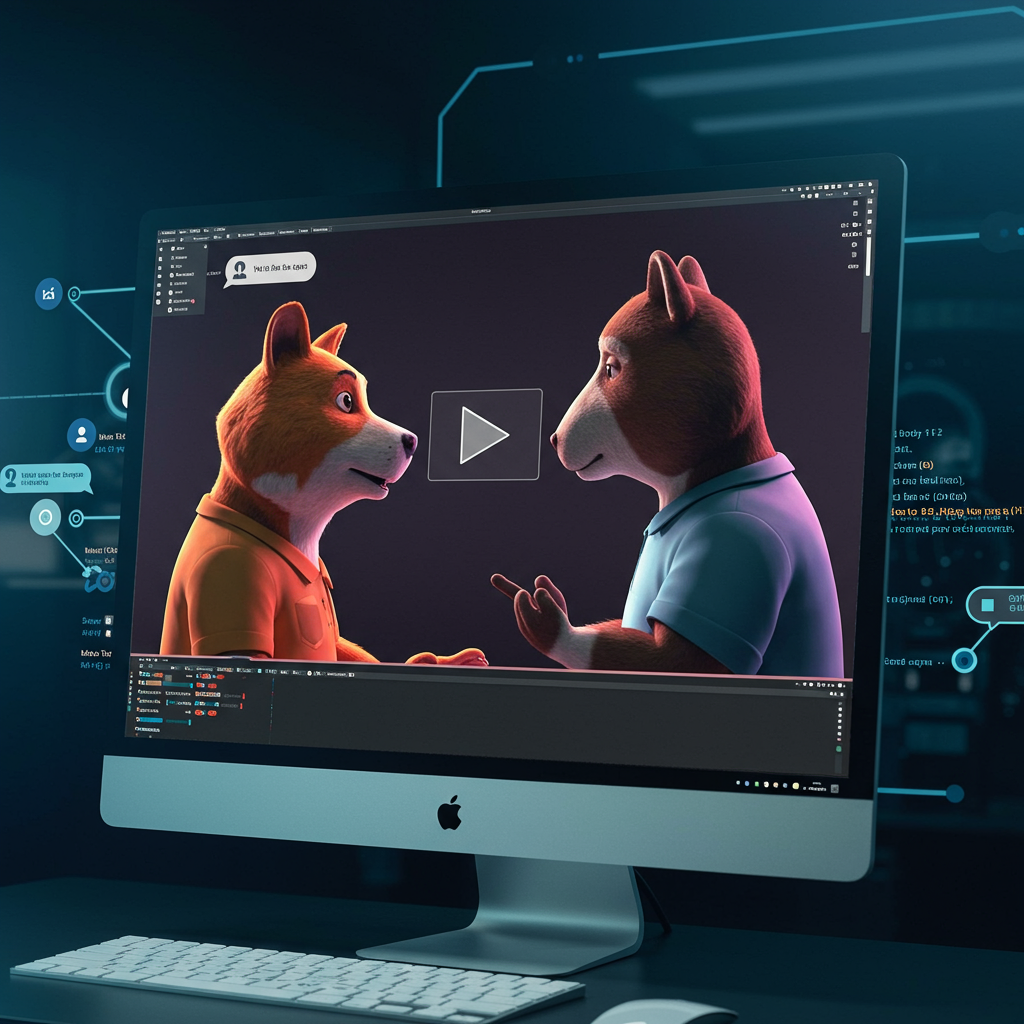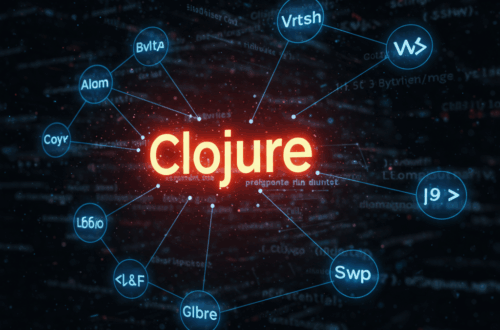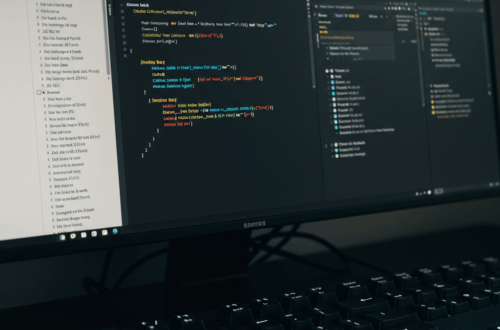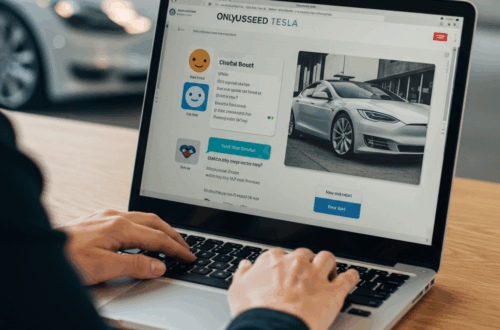A recent heated Hacker News discussion about content moderation sparked a fascinating experiment: Could an AI pipeline transform online debate into a short animated video? The surprising answer is yes, and the results offer a glimpse into the future of content creation.
The Genesis of the Idea
The catalyst was a Hacker News thread discussing platform policies on adult content. The diverse opinions and passionate arguments presented a unique opportunity to explore AI’s ability to synthesize complex information. Could an AI understand the nuances of the discussion, identify key themes and perspectives, and then translate that understanding into a visual narrative?
Building the AI Pipeline
The process began by using a large language model (LLM), specifically Gemini Deep Research, to analyze the Hacker News thread. The LLM identified key personas within the discussion and extracted relevant quotes and themes. This formed the foundation for the narrative.
Next, the LLM was prompted to develop characters based on these personas, assigning each a unique animal avatar and detailed character description. These descriptions informed the subsequent steps, providing visual and narrative consistency.
A script, complete with dialogue, actions, and sound effects, was then generated. The script was further broken down into individual scenes, each with specific instructions for visuals and audio. This structured approach ensured a coherent flow to the final video.
With the script in place, image generation was the next step. Using Imagen 4, character sheets were created for each persona, showcasing their appearance from multiple angles. These sheets served as the basis for the visuals in each scene.
Finally, the scene descriptions, character sheets, and script were fed into a video generation tool, Veo 3. This tool created short animated clips, complete with voice acting and sound effects, based on the provided information.
Challenges and Solutions
The process wasn’t without its hurdles. Maintaining voice consistency across multiple clips proved challenging, requiring careful selection from multiple generated outputs. Additionally, some dialogue exceeded the video generation tool’s time limit, necessitating manual editing and stitching of clips using tools like ffmpeg.
Lessons Learned
This experiment showcased the potential of AI to transform online discussions into engaging visual content. While the process still requires some manual intervention, it demonstrates the power of automation in content creation. Future iterations could explore further automation of image and video generation, streamlining the pipeline even further. This approach opens new possibilities for summarizing and visualizing complex online discussions, making them more accessible and engaging for a wider audience.
Creating Your Own AI-Powered Video
Want to try something similar? Here’s a simplified approach you can take:
- Analyze a discussion: Use an LLM to identify key themes and perspectives in a chosen online discussion.
- Develop characters: Create distinct characters based on these perspectives.
- Write a script: Craft a short script incorporating the identified themes and character interactions.
- Generate visuals: Use an image generation tool to create character designs and scene backgrounds.
- Create the video: Employ a video generation tool or traditional animation software to bring your script and visuals to life.
While this process is still evolving, it offers a powerful new way to engage with and understand the world around us.






